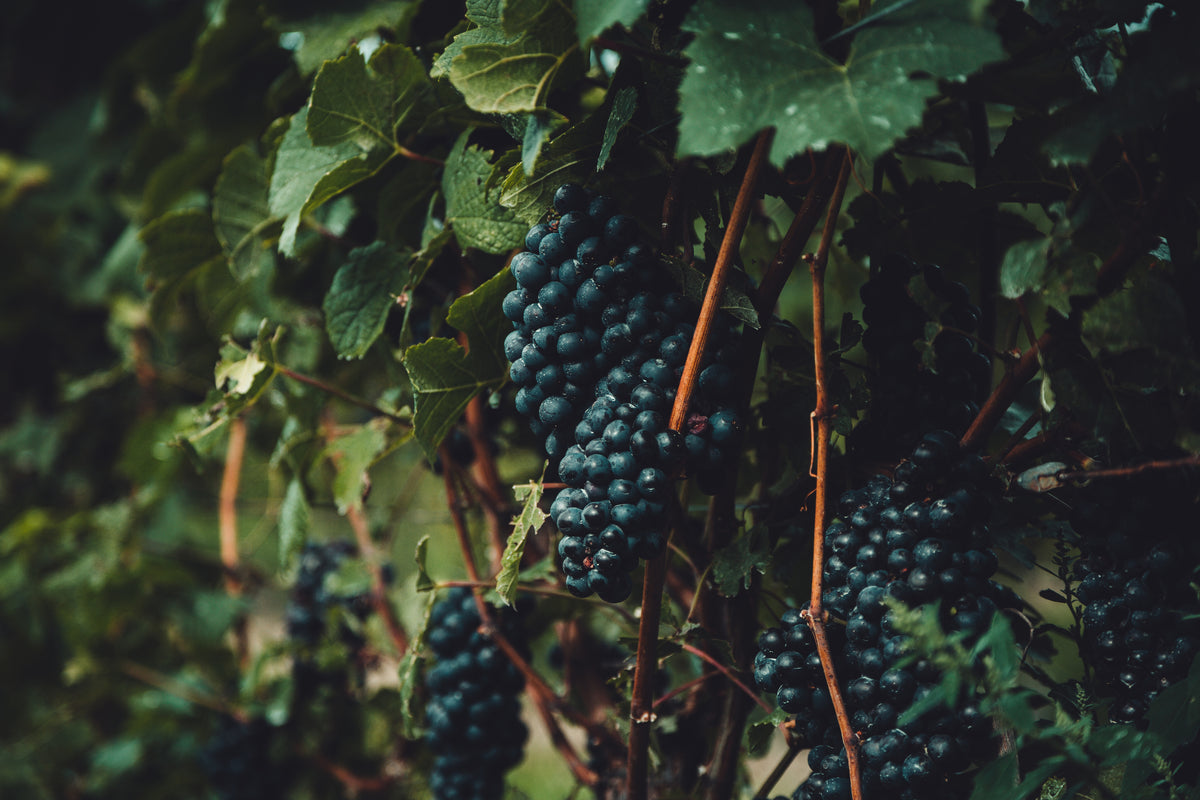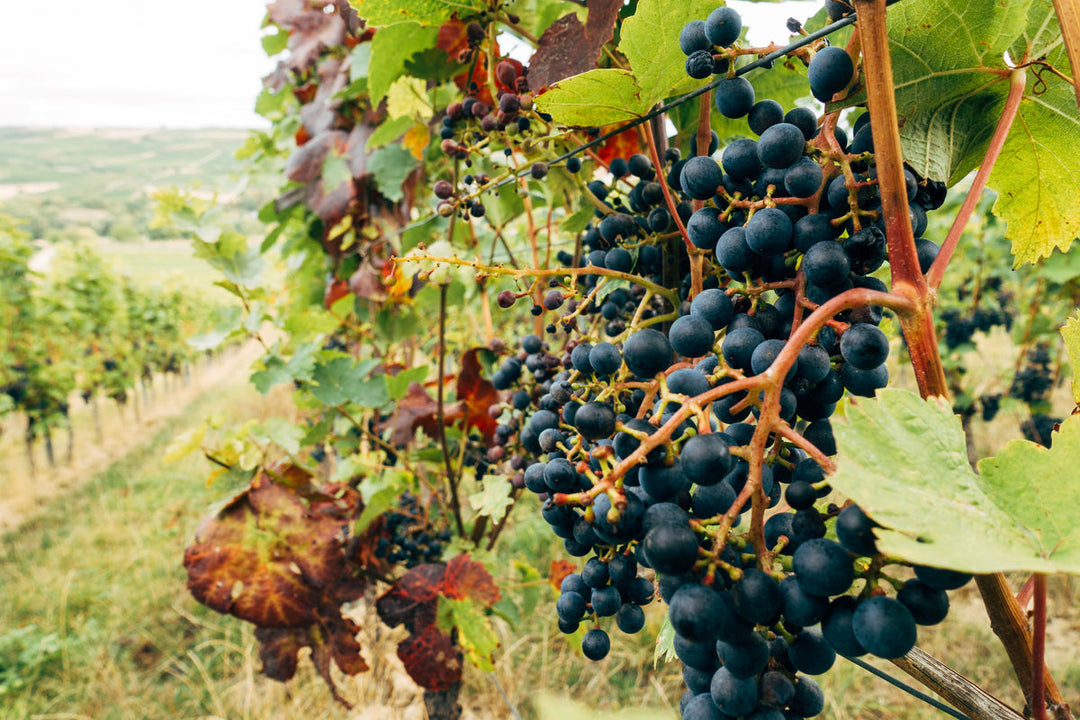
Red wine and its history
The historical development of red wine is a fascinating journey that goes back thousands of years. Red wines were made and enjoyed from grapes as early as ancient Egypt, over 5,000 years ago. The ancient Greeks and Romans were also great lovers of red wine and brought cultivation and winemaking to many parts of Europe.
Over time, the art of winemaking evolved and new techniques were introduced. In the Middle Ages, monasteries played a crucial role in the care and cultivation of grape vines. They ensured the preservation of wine traditions and perfected viticulture techniques.
Red wine flourished during the Renaissance. Kings, nobles and rich merchants began to establish large wineries and devote themselves to the cultivation of high quality red wine. France in particular produced outstanding red wines that are still considered the benchmark worldwide today.
Over time, different countries and regions have developed their own red wine traditions. Italy with its famous Chianti and Barolo wines, Spain with Rioja and Ribera del Duero, and Germany with its Pinot Noir are just a few examples of the variety and quality of red wines around the world.
The enjoyment of red wine has changed over time. While it was once often seen as a status symbol for the rich and powerful, for many people it has now become a symbolic drink that is associated with relaxation, sociability and culinary enjoyment.
Wine production has evolved, with advanced winemaking techniques and the use of state-of-the-art winery facilities. Nevertheless, many traditions are preserved and passed down through generations to preserve the authentic quality and unique character of red wine.
The historical development of red wine is reflected in every sip. Every drop tells a story of passion, tradition and craftsmanship.

Red wine as a symbol of enjoyment
Today, red wine is appreciated and enjoyed by wine lovers worldwide. Red wine has a special place in society and is viewed by many people as a symbol of enjoyment, relaxation and culinary experiences. The consumption of red wine has evolved from an elitist activity to a moment of enjoyment for connoisseurs of every social class. Red wine is associated with culture and lifestyle and is part of the gastronomic culture of many countries. It creates a pleasant atmosphere and offers the opportunity to relax, have interesting conversations and enjoy the moment simply through great color play.
Red wine and its aromas
The variety of flavors in red wine is truly remarkable and fascinating. Depending on the grape variety, growing region, climate and production techniques, the aromas can range from fruity to spicy to earthy and floral. Here are some of the most common flavors you can detect in red wines:

Fruity Flavors: Red wines can offer a wide range of fruity flavors, from ripe red berries like strawberries, raspberries and cherries to darker fruits like blackcurrants, blackberries and plums. These fruity notes give the wine freshness and lively energy.
Spicy Flavors: Many red wines also exhibit an enticing spiciness, which can come from spices such as cloves, pepper, cinnamon and nutmeg. These spice notes give the wine additional depth and complexity.
Earth and undergrowth: Some red wines can have earthy and mineral aromas that can be reminiscent of wet leaves, mushrooms or even tobacco. These notes give the wine a natural nuance and connect it to its origins.
Chocolate and Coffee: Some red wines, especially those with riper tannins, may have subtle notes of chocolate, cocoa, or coffee. These aromas give the wine a seductive depth and ensure a pleasant mouthfeel.
Floral aromas: Some red wines, particularly certain varieties such as Nebbiolo or Pinot Noir, may have floral notes of violets, roses or lavender. These delicate and elegant aromas give the wine a sensual and fragrant dimension.
It is important to note that the flavors in red wine can be subtle and evolve over time. With a little experience and attention when tasting, you can learn to recognize and appreciate the different flavors.
The variety of aromas in red wine is like a journey of discovery for your senses. So, let's have a glass of red wine together and let ourselves be seduced by the wonderful aromas.
Unique symbolism
Red wine acquires a unique symbolism. It is often associated with elegance, sophistication and a certain touch of luxury. The act of drinking red wine is sometimes viewed as a way to celebrate life and pamper yourself.
Overall, red wine has a unique position in today's society. It combines enjoyment, social interaction, cultural significance and even health benefits. Whether at a romantic dinner for two, a meeting with friends or simply as an accompaniment to relax after a long day - red wine has found its permanent place in social life.


We help you,your perfect red wine glassto find.













